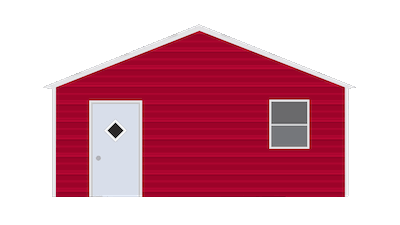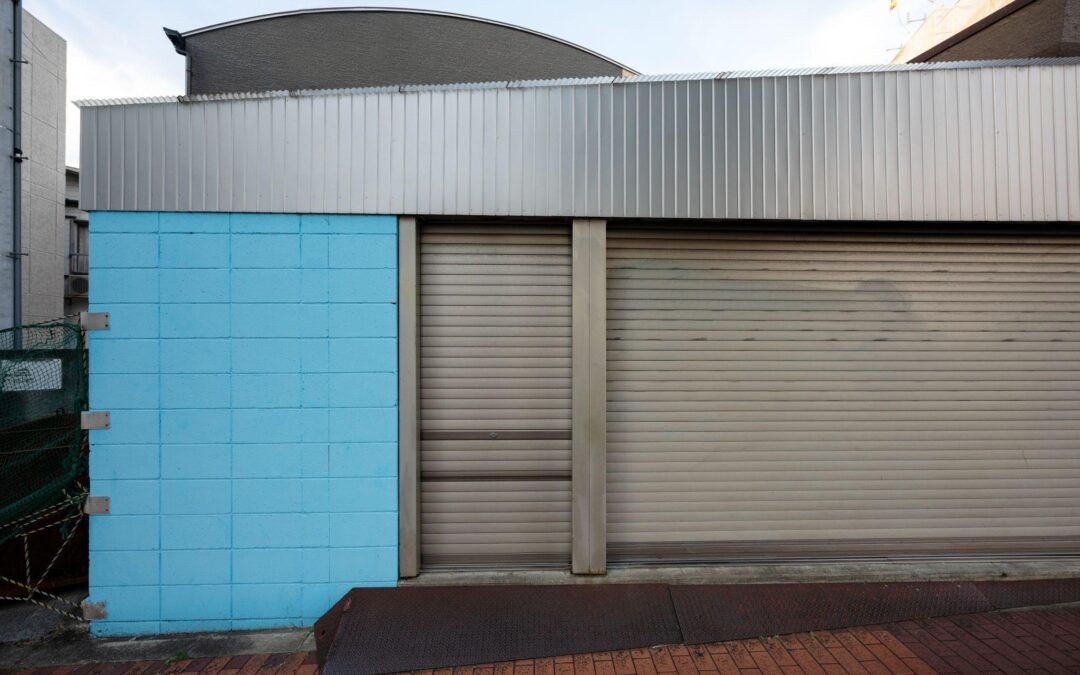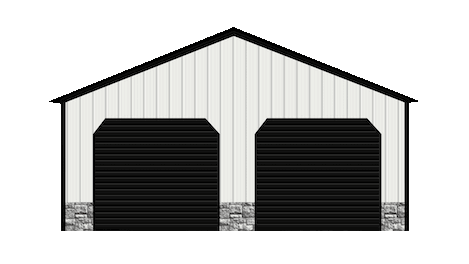Steel buildings have experienced a remarkable evolution over the past five decades, shaping the industry of modern construction and phenomenal heights. From their manufactured roots to their current status as icons of sustainability and innovation. Furthermore, the journey of the steel buildings reflects the dynamic changes and advancements in the construction industry. Steel buildings were introduced in the 1700s, but they’ve advanced over the decade and are now the most popular marketable structure in the United States for construction solutions.
In this detailed blog, we will take a historic journey through time, exploring the crucial milestones, trends, and innovations that have defined the development of steel buildings over the past 50 times. The insights we gain about challenges faced, improvements achieved, and the enduring heritage of steel buildings in the world we settle at the moment.
The Industrial Revolution
To understand the present and future visions of pre-engineered steel buildings, we’ve to take a look at the history. The first metal structures were constructed in the late 1700s in England for cotton manufacturers and agriculture facilities. Steel structures were rapidly recognized by engineers, designers, and building owners for durability and speed of construction. These attributes made engineered steel building systems popular choices for operations like storage, warehouse buildings, and public structures. Still, while functional, these early steel buildings demanded the architectural designs and faculty complication seen after decades.
The development of new mining ways and the mass production of iron and steel eased the construction of larger and further durable structures, including storages, barns, and garages. Metal’s actual strength, versatility, and cost-effectiveness made it an ideal choice for artificial and agricultural structures during this period. In addition to artificial operations, the Industrial Revolution brought about significant changes in farming practices, leading to the development of metal barns as important structures on farms and rural properties. Metal barns offered farmers a durable and versatile solution for keeping animals, storing crops, and guarding agricultural materials from disasters.
The Rise of Pre-Engineered Steel Building
After the 2000s steel buildings witnessed a transformative shift in the construction industry with the rise of pre-engineered steel buildings, these structures revolutionized the way structures were designed, manufactured, and constructed. Additionally, pre-engineered steel buildings offered systematic methods according to manufacturing processes, and quickly assembled components, making them a desirable option for a wide range of operations, including commercial, agricultural, as well as residential structures.
Advances in computer-backed design technology enabled lesser customization and inflexibility in design, opening the way for innovative and visually impressive structures that pushed the boundaries of architectural imagination. CAD software has revolutionized the way engineers and architects conceptualize and imagine steel buildings, allowing more complex and innovative designs. Additionally, advancements in structural analysis software have allowed for more accurate and effective structural calculations, optimizing the use of steel components and reducing construction costs.
Sustainable Result and Innovation
In recent times, there has been a growing focus on sustainability and environmental responsibility in the construction industry, driving significant changes in the design and construction of steel buildings. Building upon the principles of eco-friendly materials, energy-effective design features, and renewable energy technologies, steel buildings have adopted sustainability as a core principle of their design changes. The rise of innovative architectural styles, similar to the functional design of artificial storages, the functional layout of agricultural barns, and the practicality of metal garages.
These designs prioritized functionality, effectiveness, and continuity, reflecting the artificial morality of the period. From green instruments to carbon-neutral construction practices, steel buildings have become synonymous with modern solutions, continuity, and environmental knowledge. Moreover, there has been a projection in architectural invention, with steel buildings pushing the boundaries of design creativity and structural engineering. From smooth towers to iconic milestones, steel has become a king component for architectural wonders, transforming the map of the sky, and inspiring spectators.
The Future
As we look ahead to the future, the line of steel buildings appears promising, with ongoing advancements in components wisdom, construction technology, and sustainable practices driving uninterrupted innovation and development. The demand for flexible, adaptable, and environmentally conscious structure results is anticipated to grow, further cementing steel buildings’ position at the top of the construction world. From modular towers to supporting eco-villages, the possibilities for steel buildings are limited only by imagination.
As we move further on the coming chapter of architectural history, one thing remains certain: steel buildings will continue to shape the built environment and inspire generations to come. Modular construction and prefabrication ways will continue to gain traction in the future of engineered steel buildings. Off-point fabrication of structure factors allows for lesser perfection, quality control, and cost-effectiveness, leading to quick construction and reduced design timelines. Modular construction also offers inflexibility and scalability, allowing for easy expansion or reconfiguration of steel buildings to accommodate changing requirements and conditions.
Ending Note
The elaboration of metal buildings over the once 50 times stands as a testament to the imagination, adaptability, and rigidity of the construction industry. From their humble onsets as artificial workhorses to their current status as symbols of sustainability and architectural invention, steel buildings have continuously evolved to meet the changing requirements and burdens of society. As we reflect on the journey of steel buildings, it becomes apparent that they’ve not simply converted physical geographies but have also reshaped our understanding of what’s possible in construction and design.
Looking ahead, the future of steel buildings appears bright and promising. With advancements in material science, construction technology, and sustainable practices, steel buildings are balanced to continue pushing the boundaries of architectural creativity and engineering excellence. As the world faces pressing challenges similar to climate change, urbanization, and resource failure, steel buildings offer a convincing result: a balanced mix of strength, versatility, and environmental responsibility.





 Home
Home Products
Products Styles
Styles Resources
Resources Service Area
Service Area About Us
About Us Contact Us
Contact Us Extras
Extras Search
Search Wishlist
Wishlist











